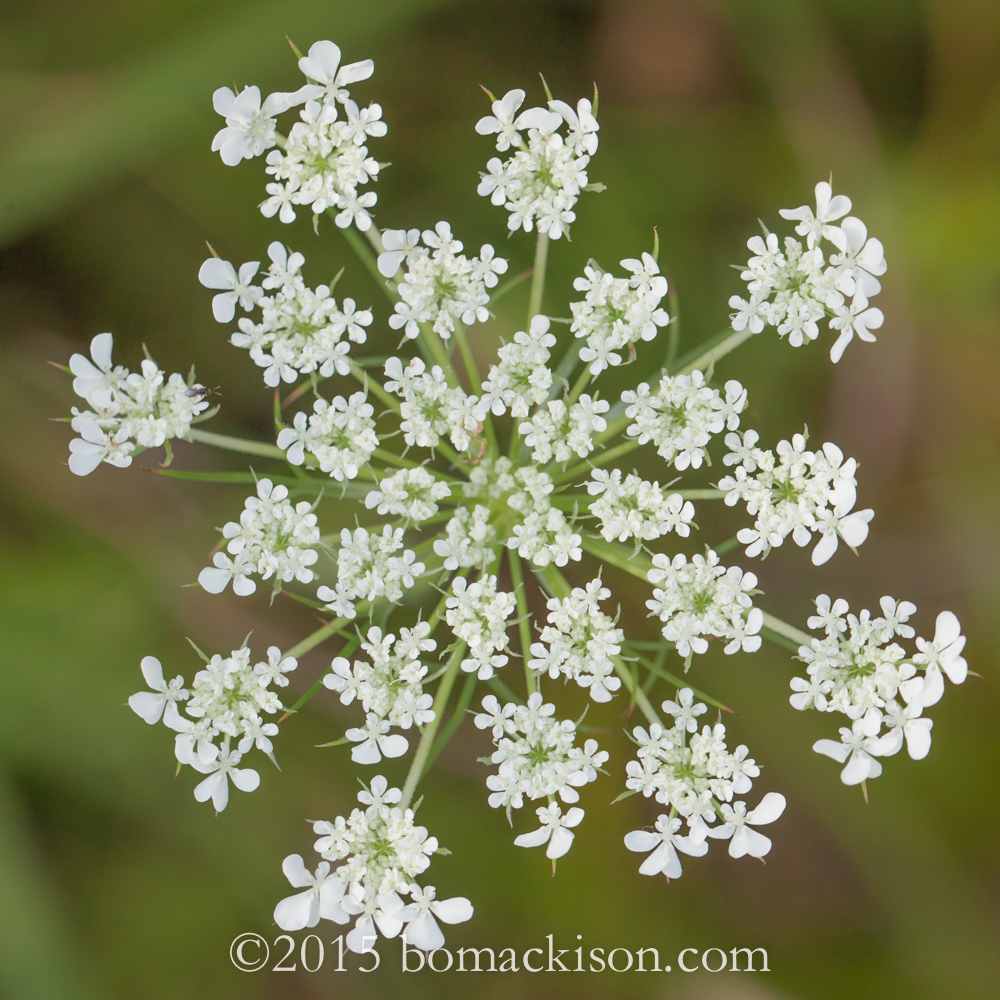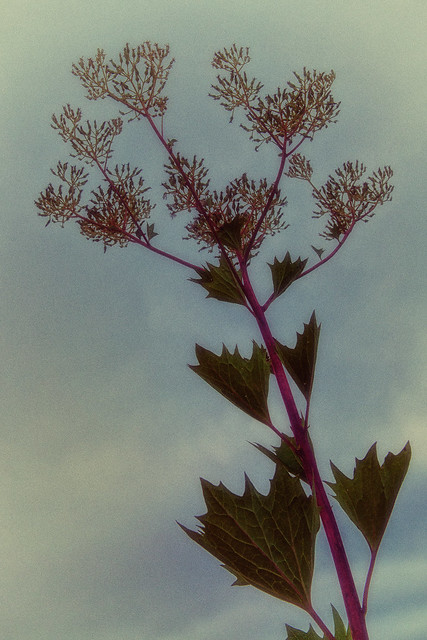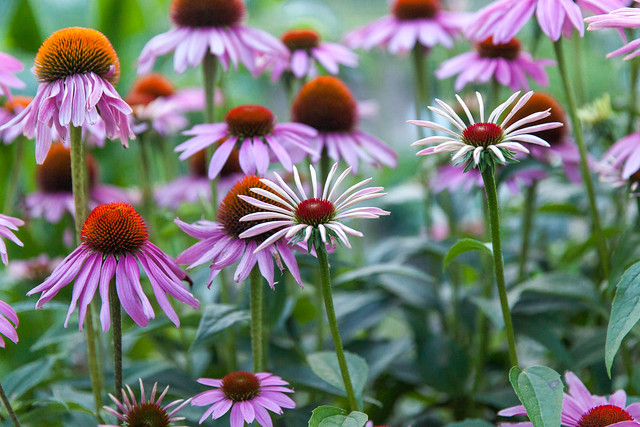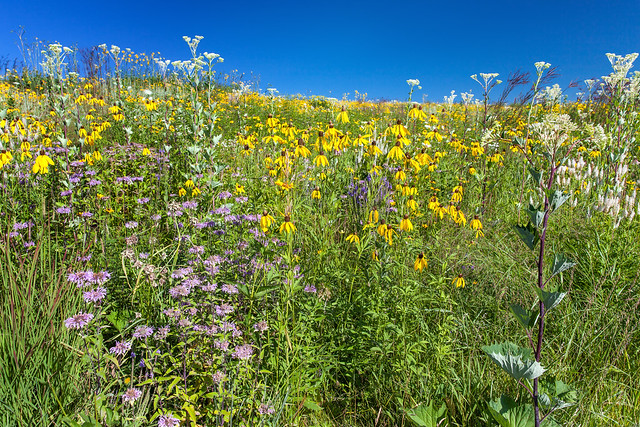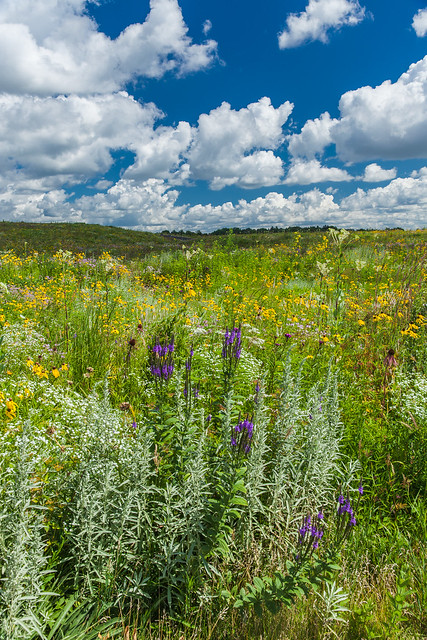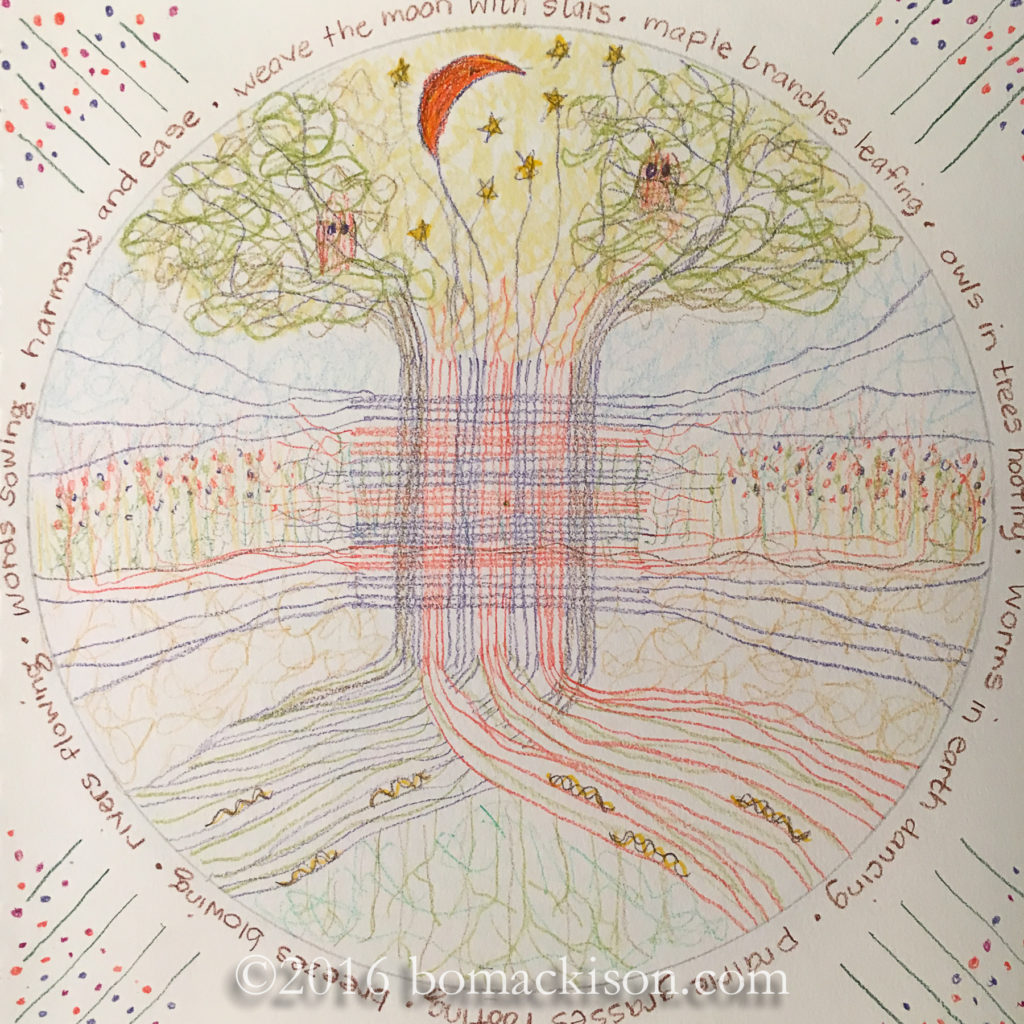
Weave the Sky with Stars © 2016 Bo Mackison
Weave the Sky with Stars
maple branches leafing
owls in trees hooting
worms in the earth dancing
prairie grasses rooting
breezes blowing
rivers flowing
words knowing
harmony and ease
———–
Using words and vision and place to shine the light on the contemplative creatives’ journey.
